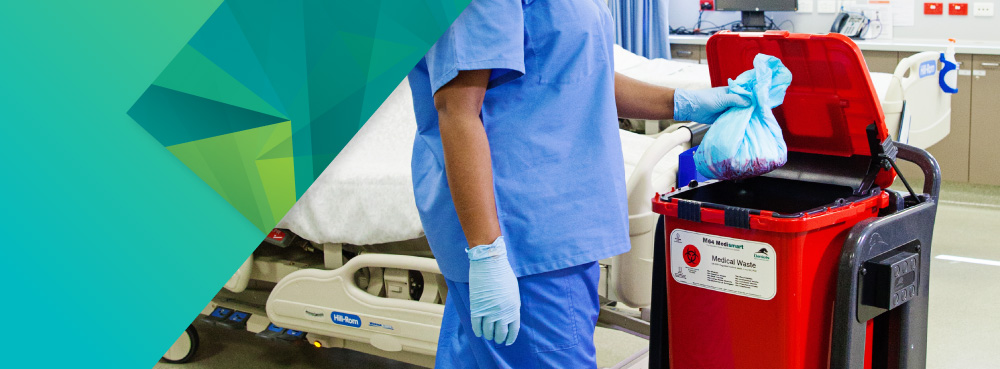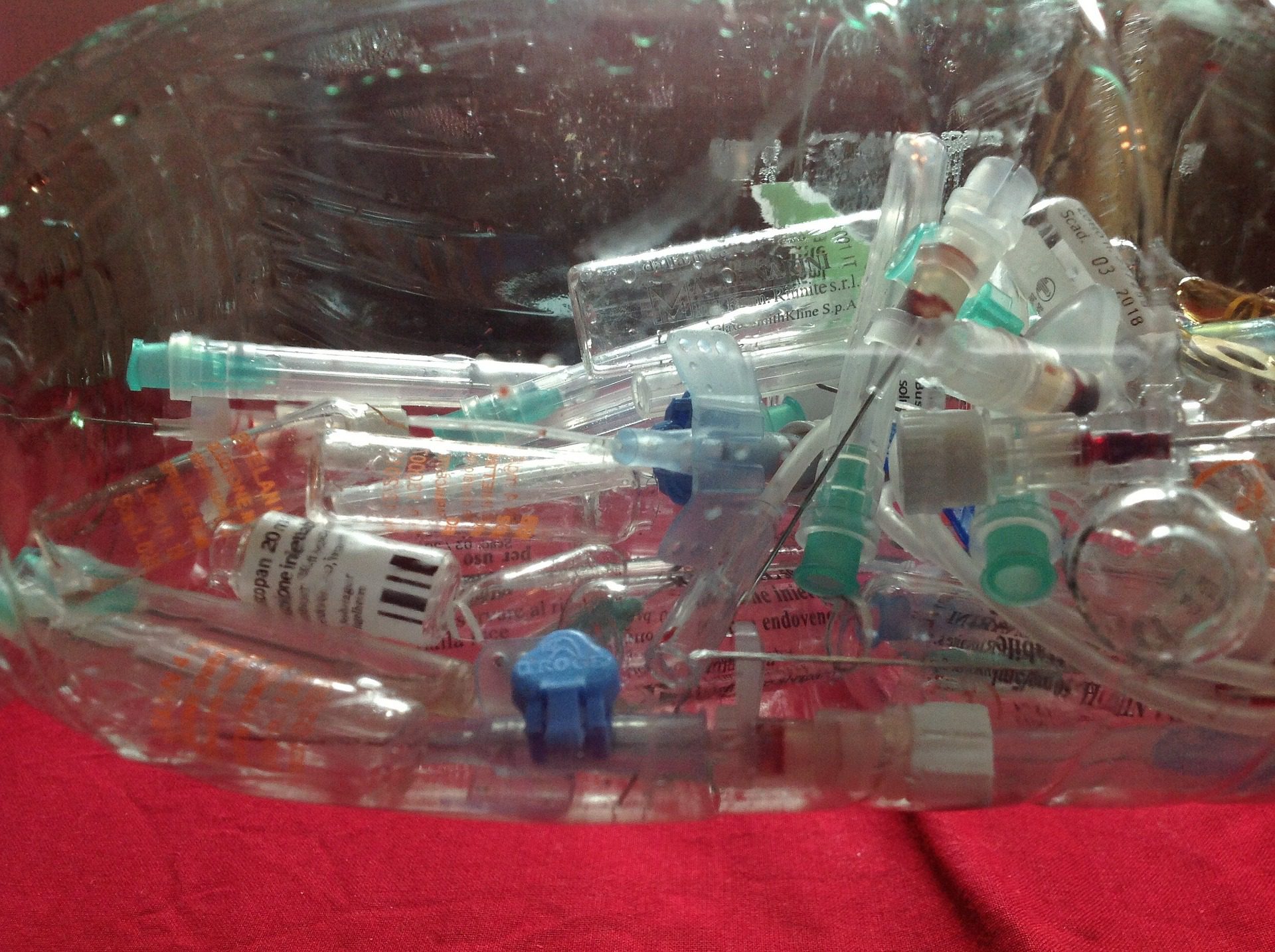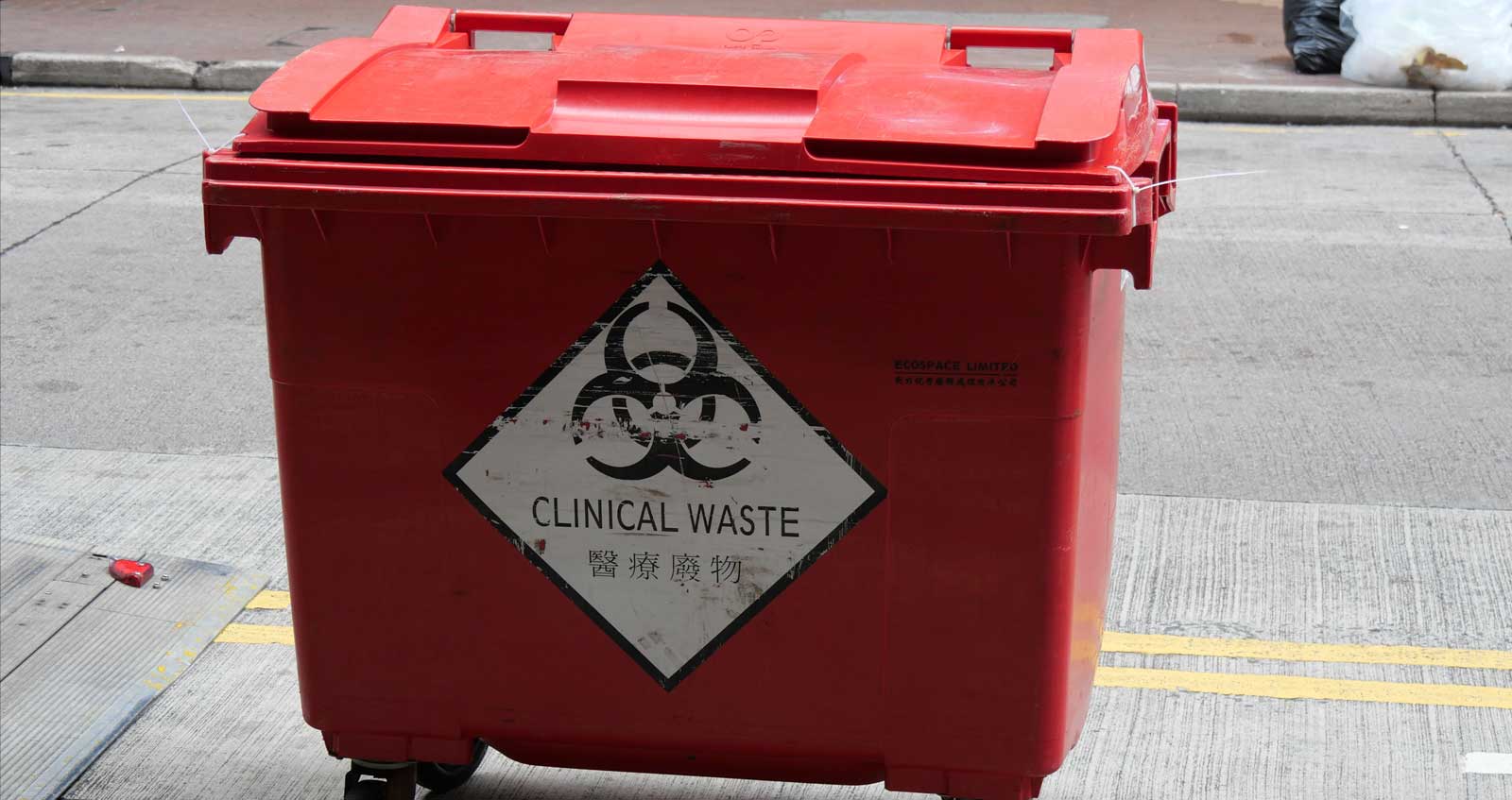Medical Waste Removal Mastery: Where Service Excellence Satisfies Health And Wellness Requirements
Medical Waste Removal Mastery: Where Service Excellence Satisfies Health And Wellness Requirements
Blog Article
Remain Ahead of Rules: Specialist Advice on Medical Waste Disposal
In a globe where the medical care market is constantly evolving, it is crucial for medical centers to stay ahead of laws when it comes to the correct disposal of clinical waste. From comprehending the various classifications of medical waste to applying the ideal collection and segregation approaches, this discussion will certainly provide important understandings and actionable tips to help centers stay ahead of laws in the ever-changing landscape of clinical waste disposal.
Understanding Clinical Waste Categories
Understanding clinical waste categories is necessary for appropriate disposal and monitoring in health care centers. Medical waste refers to any kind of waste produced by medical care activities that might pose a danger to public health or the setting. It is important to classify medical waste precisely to guarantee its secure handling, transportation, disposal, and treatment.
There are numerous categories of clinical waste that medical care facilities need to be acquainted with. One of the most common classifications consist of transmittable waste, pathological waste, sharps waste, pharmaceutical waste, and chemical waste. Each category has particular guidelines and regulations for its appropriate monitoring and disposal.
Pathological waste refers to human tissues, organs, or body components that need special handling and disposal. Pharmaceutical waste comprises expired, extra, or polluted medications that need careful handling and disposal.
Remaining Up-To-Date With Regulatory Changes
Remaining present with governing adjustments is crucial for health care centers to make certain compliance and correct management of clinical garbage disposal. medical waste removal. With policies constantly advancing, it is crucial for health care facilities to remain updated to avoid fines, penalties, and possible harm to the setting and public health and wellness
To stay in advance of regulative modifications, healthcare centers must establish a system for surveillance and monitoring updates. This can be done by registering for regulative newsletters, going to workshops and meetings, and actively joining sector associations. Additionally, centers ought to assign an employee or group responsible for remaining informed and distributing information to appropriate stakeholders.
Normal communication with governing agencies is additionally vital. Health care centers ought to establish relationships with regional, state, and government agencies to ensure they know any type of changes in guidelines that might impact their waste administration techniques. This can be done with routine conferences, participation in public comment durations, and aggressive involvement with regulatory companies.
Furthermore, healthcare centers ought to take into consideration partnering with waste administration firms that concentrate on clinical waste disposal (medical waste disposal services with WasteX). These business are typically fluent in the current laws and can provide assistance and support to make sure conformity
Executing Appropriate Collection and Partition Techniques
To properly take care of clinical waste disposal, healthcare centers should develop proper collection and partition approaches in conformity with governing standards. Applying these approaches guarantees the risk-free handling and disposal of potentially dangerous materials, protects the environment, and minimizes the risk of injuries and infections to health care workers and the general public.
Proper collection and partition methods involve using marked containers and identifying systems. Health care facilities should provide plainly classified containers for various kinds of medical waste, such as sharps, transmittable waste, pharmaceutical waste, and non-hazardous waste. These containers ought to be color-coded and plainly marked to prevent confusion and advertise simple recognition.
Furthermore, healthcare centers must train their team on the right procedures for collecting and setting apart medical waste. This consists of enlightening them on the various types of waste, the appropriate containers to make use of, and the relevance of complying with guidelines and laws. Normal training sessions and correspondence course need to be carried out to guarantee that team member remain updated on best methods.
Additionally, healthcare facilities should develop a system for regular collection and disposal of medical waste. This may entail partnering with certified waste monitoring companies that concentrate on medical waste disposal. These firms will make check out this site sure that the collected waste is moved and gotten rid of in conformity with regulative needs.
Choosing the Right Disposal Techniques

Incineration is among one of the most reliable and common techniques for taking care of particular types of medical waste, such as pathological waste and sharps. It involves the regulated burning of waste at high temperature levels, lowering it to ash. Incineration can release hazardous pollutants into the air and contribute to air pollution.

Chemical therapy entails the usage of chemicals to decontaminate and neutralize the waste. Microwave therapy utilizes microwave power to warm and sanitize the waste.
Ensuring Compliance Through Documentation and Training
After carefully thinking about the suitable disposal techniques for clinical waste, health care facilities have to make sure compliance with policies and minimize environmental impact by implementing effective documents and training treatments. This action is vital in keeping a lasting and safe environment for both medical care employees and you could look here the public.

Training is just as essential in making sure conformity with laws. Healthcare employees that deal with clinical waste must get ideal training on waste segregation, taking care of, and disposal treatments. This training ought to cover subjects such as the appropriate use of individual safety devices, identification of different types of waste, and the appropriate disposal approaches for each and every waste group. By supplying extensive training, medical care centers can empower their team to make enlightened decisions and decrease the risk of incorrect waste disposal.
Conclusion
To conclude, remaining in advance of regulations in medical waste disposal is important for medical care centers. medical waste removal near me. Comprehending the various groups of medical waste, staying updated with regulatory modifications, implementing correct collection and partition techniques, selecting the ideal disposal techniques, and making certain compliance with documents and training are all vital actions. By adhering to these standards, medical care companies can successfully handle and get rid of of medical waste in a risk-free and liable way
From understanding the different groups of medical waste to implementing the appropriate collection and segregation methods, this discussion will certainly give beneficial understandings and actionable ideas to assist facilities remain ahead of guidelines in the ever-changing landscape of medical waste disposal. - medical waste disposal services with WasteX
The most common classifications consist of infectious waste, pathological waste, sharps waste, pharmaceutical waste, and chemical waste. Medical care facilities must provide plainly classified containers for various kinds of clinical waste, such as sharps, transmittable waste, pharmaceutical waste, and non-hazardous waste. Medical care centers must establish an extensive system to tape and track all aspects of clinical waste disposal, consisting of kinds of waste created, quantities, and disposal approaches utilized. Medical care employees who take care of clinical waste ought to obtain appropriate training on waste segregation, handling, and disposal procedures.
Report this page